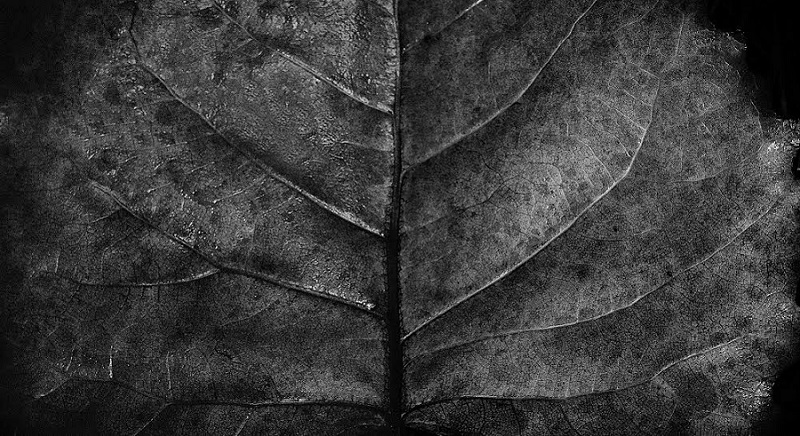The free Regularity of Imagination and natural Teleology. Kant and Aesthetic Cognition
DOI:
https://doi.org/10.7146/rc.1127219Resumé
[Extract from Introduction] The coherence of Kant’s socalled third Critique is ambiguous despite the task that Kant undertakes to solve in it. As the title suggests and Kant’s analyses show it is the aim of the work to determine the transcendental conditions of reflective judgment including the application of its principles on aesthetic and natural phenomena which do not fall under scientific investigations but which are still based on the cognitive powers of the mind. It is commonly agreed that an inner connection of the two parts of the work – the critique of aesthetic and teleological judgment respectively - is unlikely and that any attempt to argue that they form a unity is risqué2. Despite its relation to the powers of cognition (imagination and understanding) the reflective judgment excersises its activity in two respects, namely in relation to aesthetic phenomena – the beauty of nature and of fines arts – and in relation to organic nature. These phenomena belong to strictly separate areas. Judgments about organic nature are teleological in the sense that they project a concept of purpose at the basis of the object for cognitive reasons; they aim at knowledge of how organic processes work. Against that, the aesthetic judgment is – Kant says – indifferent to the knowledge of its object; it concerns the beauty of the object just focusing on the object’s sensible form in so far as the judgment of this form occasions a feeling of delight in us. Whereas the teleological judgment thus claims to be objective (though Kant’s critique shows that it fails to be so), the aesthetic judgment expresses the subjective affection we experience via the judgment of the (aesthetically relevant) form of the object.
It is this separation that I intend to question. I suggest that both aesthetic and teleological judgment respectively express ways of cognizing the world that do not exclude but rather supplement each other. More specifically, I argue that all through his third Critique Kant tries to keep separate what are really two different aspects of one and the same issue, namely the cognition of organic nature through a conceptual (scientific) and through a sensous (aesthetical) approach.
Referencer
Goethe, Johan Wolfgang: Goethes Werke. Hamburg 1955. Band 13.
Henrich, Dieter: “Kant’s Explanation of Aesthetic Judgment” in: Henrich, Dieter: Aesthetic Judgment and the Moral Image of the World. Studies in Kant. Stanford, California 1992.
Höffe, Ottfried: ”Einführung in Kants Kritik der Urteilskraft” in: Klassiker Auslegen: Immanuel Kant: Kritik der Urteilskraft. Höffe; Ottfried (hrsg.) Berlin 2008
Kant, Immanuel: Kritik der Urteilskraft. Felix Meiner Verlag, Hamburg 2009.
Kant Immanuel: Kritik der Urteilskraft (1790).
Kant, Immanuel: The Critique of Judgement. Transl. Meredtith, J. C. Oxford (1928) 1952.
Klemme, Heiner F.: ”Einleitung” in: Kant: Kritik der Urteilskraft. Felix Meiner Verlag, Hamburg. 2009.
Downloads
Publiceret
Citation/Eksport
Nummer
Sektion
Licens
Beskriv vilkårene her! Denne tekst dukker op under distribuering og licens

